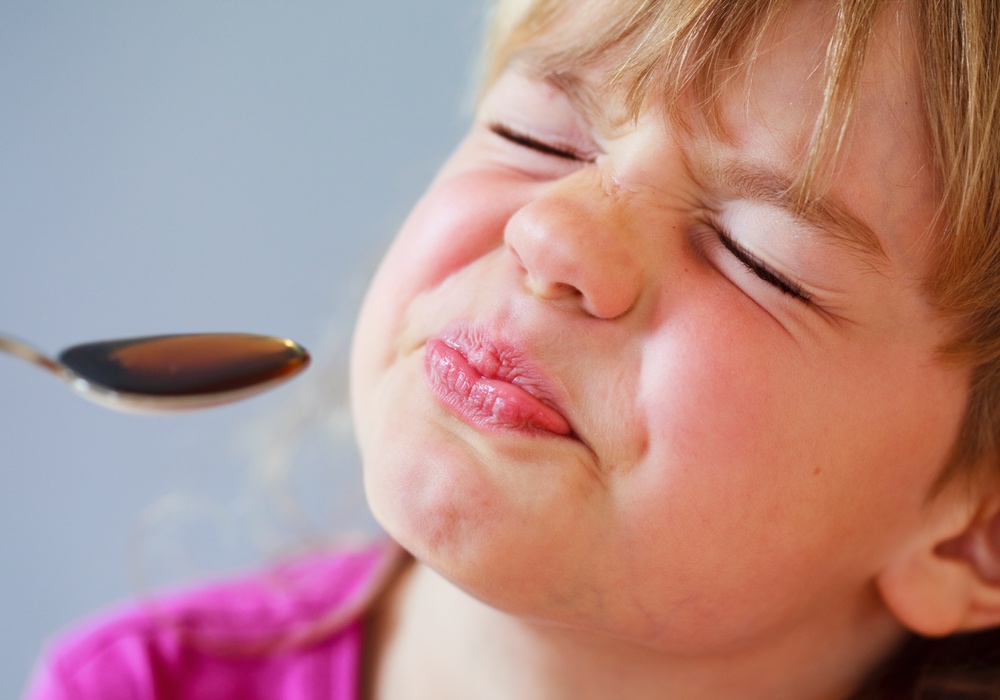It is a lot harder to get the dose right with liquid medicine than it is with pills. This can cause a serious problem when giving medicine to a young child, where small amounts can make a big difference. For them, a little extra medicine can be enough to cause an overdose. Or giving too little of an antibiotic may not be enough to fight an infection.
The best way to get it right is to use an oral syringe to measure the medication, according to a study testing over 2,000 parents' dosing skills.
Oral syringes have no needle. Otherwise they're basically the same as the syringes you see in the doctor's office. You can buy them in most drugstores, and if buying one is a problem, you can ask your doctor to give you one.With children, a little extra medicine can be enough to cause an overdose.
Parents gave the wrong dose over 40% of the time when using a measuring cup, and only 16 to 17% of the time when using two different-sized syringes. More than two-thirds of the errors were overdosages — too much medicine rather than too little.
No other factor had anywhere near this impact on dosage errors. Language difficulties, label dosages given in milliliters, teaspoons or both, all paled in comparison to the difference seen between using a measuring cup and using a syringe. Errors were also likelier with smaller doses.
Syringes lead to fewer and smaller errors because they are narrower than a measuring cup is. Any visual error is likely to involve a smaller amount of liquid. Their markings are also usually easier to read.
Recommendations are to first pour the liquid into a cup and then measure it by drawing it up into the syringe. That way, you don't contaminate the medicine that's still left in the bottle. The markings on the cup can also serve as a check that you're not making a really large error. Drawing a line or placing a small piece of tape at the proper marking on the outside of the syringe may also help to get the dose right.
Even parents who used oral syringes in the study typically made one or two errors in their nine measurements. But they got it right a lot more often than when they used a cup, so you probably will too.
The study appears in Pediatrics.





